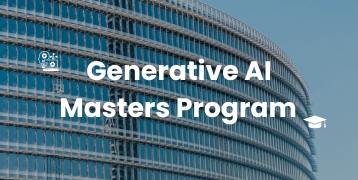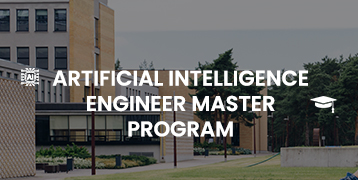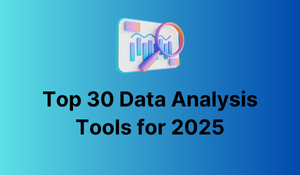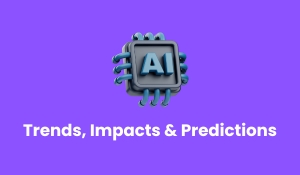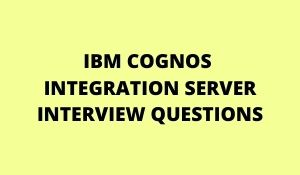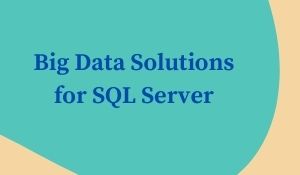
Big Data:
Big data has usually been stored in relational database management systems. A common step in the improvement of a Business Intelligence(BI) solution is weighing the price of transforming, cleansing, and storing this information in preparation for analysis against the perceived value that insights derived from the analysis of the data could deliver.
As a consequence, decisions are made about what data to keep and what data to deny. Meanwhile, the data available for analysis continues to proliferate from a broad assortment of sources, like server log files, and instrument data from scientific research. At the same time, the price of storing high volumes of data on commodity hardware has been reduced, and the processing power requirement for complex analysis of all this data has been increasing. This confluence of events has given rise to new technologies that help the management and analysis of big data.

Explaining about Big Data:
•The point at which data becomes big data is still the subject of much debate among data management professionals. One approach to describing big data is known as the 3Vs: volume, velocity, and variety. This model, introduced by Gartner analyst Doug Laney in 2001, has been extended with a fourth V, variability. However, disagreement continues, with some people considering the fourth V to be veracity.
•Although it seems reasonable to associate volume with big data, There are some examples of data sources that fall into this category including airline reservation systems, point-of-sale terminals, financial trading, and cellular phone networks. As machine-generated data outpaces human-generated data, the volume of data available for analysis is proliferating rapidly. Many techniques, along with software and hardware solutions like PDW, exist to identify high volumes of data. Therefore, many people argue that some other feature must distinguish big data from other classes of data that are routinely managed.
• An additional feature of this is velocity or the speed at which the data is generated. For instance, consider the data generated by the Large Hadron Collider experiments, which is produced at a rate of 1 GB per second. This information must be subsequently processed and filtered to offer 30 PB of data to physicists around the world.
•Most enterprises are not generating data at this volume or pace, but data sources like manufacturing sensors, scientific instruments, and web application servers are nonetheless generating data so fast that complex event processing apps are needed to handle high-volume and high-speed throughputs. Microsoft Stream Insight is a platform that assists this type of data management and analysis.
•Data does not necessarily need volume and velocity to be categorized as big. Instead, a high volume of data with a lot of variety can constitute big data. Variety refers to the various ways that data might be stored like structured, semi-structured, or unstructured. On the one hand, data warehousing techniques exist to integrate structured data (often in relational form) with semi-structured data (like XML documents). On the other hand, unstructured data is more challenging, if not impossible, to analyze by using traditional methods.
•This type of information includes documents in PDF or Word format, images, and audio or video files, to name a few examples. Not only is the unstructured data problematic for analytical solutions, but it is also growing more quickly than file systems on a single server that it can usually accommodate.
•Big Data as a branch of data management is still difficult to define with precision, given that many competing views exist and that no clear standards or methodologies have been established. Information that looks big to one enterprise by any of the definitions we have described might look small to another enterprise that has evolved solutions for managing specific types of data.
•The best definition of big data at current is also the most general. For this purpose, we can take the position that big data describes a class of data that needs a more architectural approach than the currently available relational database systems it can effectively assist, like append-only workloads instead of updates.
Related Courses
| Course Name | Enroll Now |
|---|---|
| Big Data Architect Masters Program | Enroll Now |
| SQL Server Training | Enroll Now |
| NoSQL Training | Enroll Now |
| BIG DATA HADOOP TRAINING | Enroll Now |
| MySQL DBA Training | Enroll Now |
History of Hadoop:
Hadoop is an open-source technology that today, is the data management platform, most commonly associated with big data apps. The focus of Hadoop was to facilitate web searches, but its scalability and reliability remained limited. Ongoing investment by Yahoo increased scalability from dozens of nodes to thousands over several years. Meanwhile, Yahoo began storing more and more data in Hadoop and enabled data scientists to research and analyze this data, which offered the feedback necessary to enhance new apps and attain a greater level of maturity in the platform.
Externally, the open-source status of Hadoop attracted attention from academics and investors as a general-purpose computing platform more than for its origins as a web search engine. Hadoop is attractive for general use because of its scale-out architecture on commodity hardware and its assistance for parallel processing on a huge scale. As an Apache open-source project.
Multiple Modules Involved in Hadoop:
•Hadoop Common Package: It consists of Java libraries and utilities required to run Hadoop modules, source code, and documentation.
•Hadoop Distributed File System(HDFS): The distributed file system is that far-flung array of storage clusters i.e., the Hadoop component that holds the actual data. By default, Hadoop uses the cleverly named Hadoop Distributed File System (HDFS), although it can use other file systems as well. HDFS is like the bucket of the Hadoop system. It is a distributed file system that replicates huge files across multiple nodes in case of potential hardware failure. A file is split into blocks, and then each block is copied to multiple machines. A centralized metadata store called the name node contains the locations for each part of a file.
•MapReduce Engine: A programming framework that assists distributed processing of jobs in parallel, within a cluster of server nodes. A MapReduce Program needs a Map() procedure to perform a specific task across multiple nodes, like a word count, and a Reduce() procedure to consolidate the results from these nodes in summary form. The engine automatically manages distributed processing by partitioning the data to be processed, scheduling the job across nodes, assigning an alternate node if an assigned node fails, and then aggregating the results from each node into a single result.

Conclusion:
The SQL server course with GoLogica trains you in all aspects of SQL. The certification course allows you to install, build, and design databases and includes a detailed understanding of the Transact-SQL skills required to create database objects like Tables, Views, and Stored procedures and functions in SQL server. You will also know security, Transaction Management, CLR Integration, and Working With XML Data Types to manage and store data efficiently.
SQL server is an exceptional programming language i.e., utilized to interface with databases. It works by understanding and analyzing databases that include data fields in their tables. The data is organized and stored in a database, but it has to be valuable and accessible – that is the place where SQL comes in. In such a situation, SQL online training is a platform that associates with front-end and back-end databases.
👉 Related Articles:
🎯 About Big Data vs Internet Of Things
🎯 What is Big Data Analytics? A Complete Guide to Big Data Analytics
🎯 Big Data in Internet Of Things
🎯 What is MapReduce in Big Data?
🎯 Big Data vs Data Science vs Data Analytics
🎯 Detail Information about Big Data in AWS
🎯 Everything You Need To Know-Talend Big Data
🎯 Hadoop Vendors Leading the Big Data
🎯 Spark vs Hadoop: Which is the Best Big Data Framework?
🎯 Streaming Big Data with Apache Spark
🎯 BIG DATA TALEND Interview Questions and Answers
🎯 Big Data Mapreduce Interview Questions and Answers
🎯 Big Data&Hadoop Interview Questions and Answers

